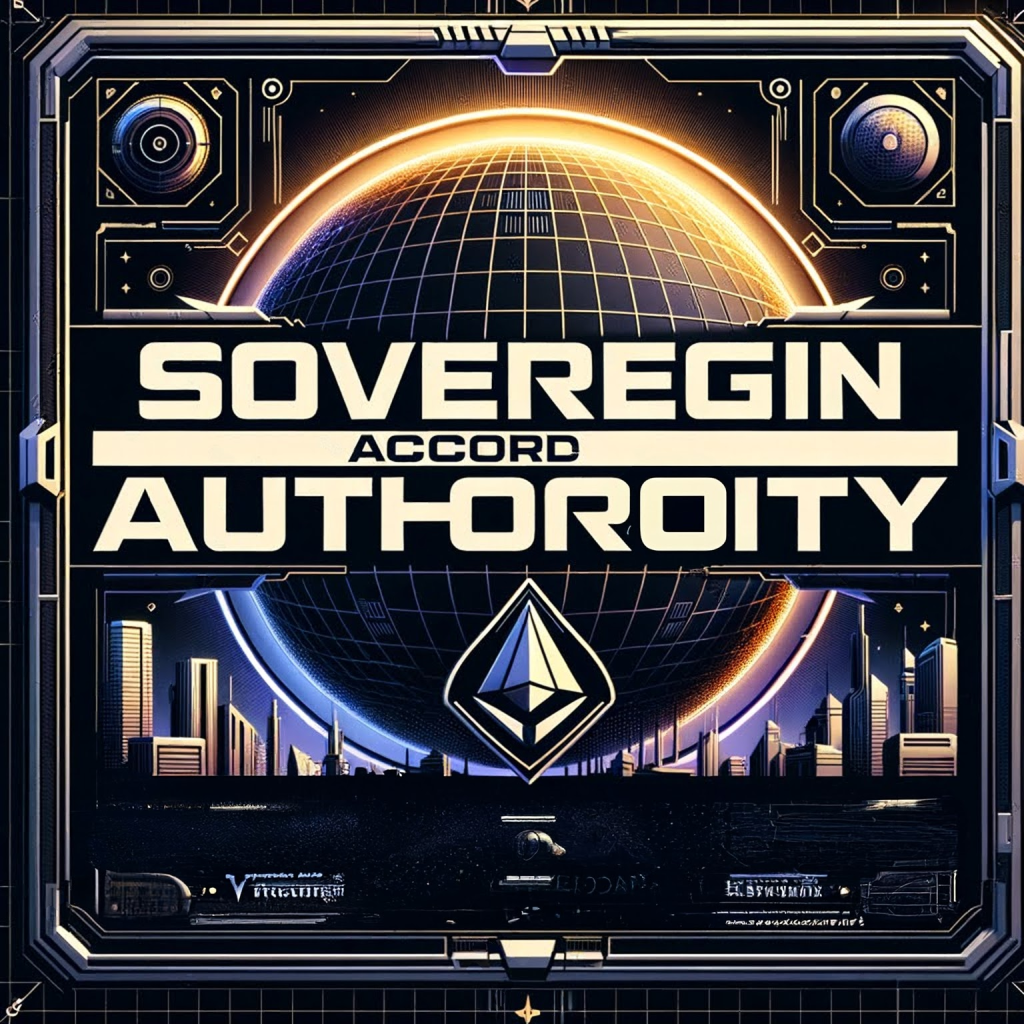
Sovereign Accord Authority
| Type | Government |
|---|---|
| Territory | Corporate-controlled districts across Ethenor A, B, and C |
| Capital | Ethenor A |
| Ruler | Kara Thorne |
| Institutions | Not specified |
| Description | A government-for-hire established through a binding agreement among leading corporations, the Sovereign Accord Authority provides comprehensive public services, regulation, and security. It acts as a quasi-government to manage infrastructure, enforce law and order, and shape economic policy on behalf of its corporate stakeholders, relieving them of direct governance responsibilities. |
| Core Functions | Regulation of corporate activities Provision of public services Law enforcement and security Economic policy shaping Infrastructure management |
| Political Ideology | Not specified |
| Number of Officials | 25,000 |
| Economy | Not specified |
| Military | Not specified |
| History | Not specified |
| Alliances & Rivalries | Not specified |
| Culture | Not specified |
| Summary | The Sovereign Accord Authority serves as a pivotal governing body within the Emberfall Convergence, providing essential public services, regulatory oversight, and security for corporate entities across Ethenor A, B, and C. Its establishment marked a new era of corporate governance, allowing businesses to focus on their operations while the Authority handles governance and public welfare. |
| Tags | corporate-controlled government for hire contracted governance regulatory authority |
Government Events
-
Formation of the Sovereign Accord
(3975)
The Sovereign Accord Authority was established as a response to increasing corporate conflicts and the need for a unified governing body to manage public services and regulations.
-
Expansion of Jurisdiction
(4012)
The authority expanded its jurisdiction to include Ethenor B and C, solidifying its role as the central governing body for corporate interests in the region.
-
Corporate Alliance Crisis
(4058)
A significant crisis arose when several corporations attempted to break away from the Accord, leading to reforms that strengthened the Authority's regulatory powers.